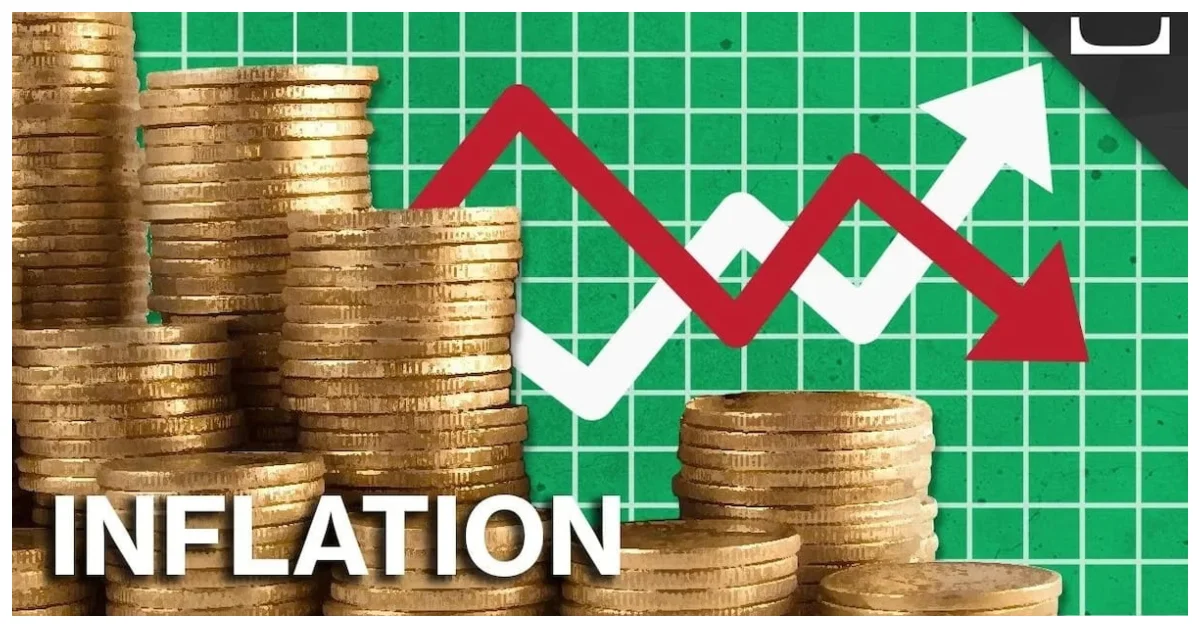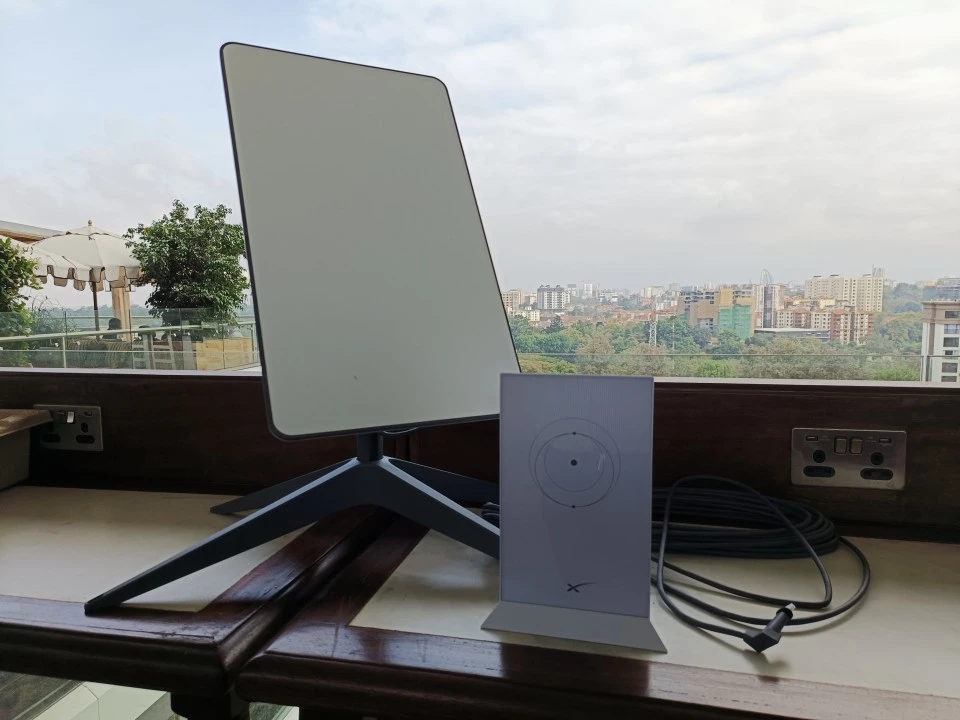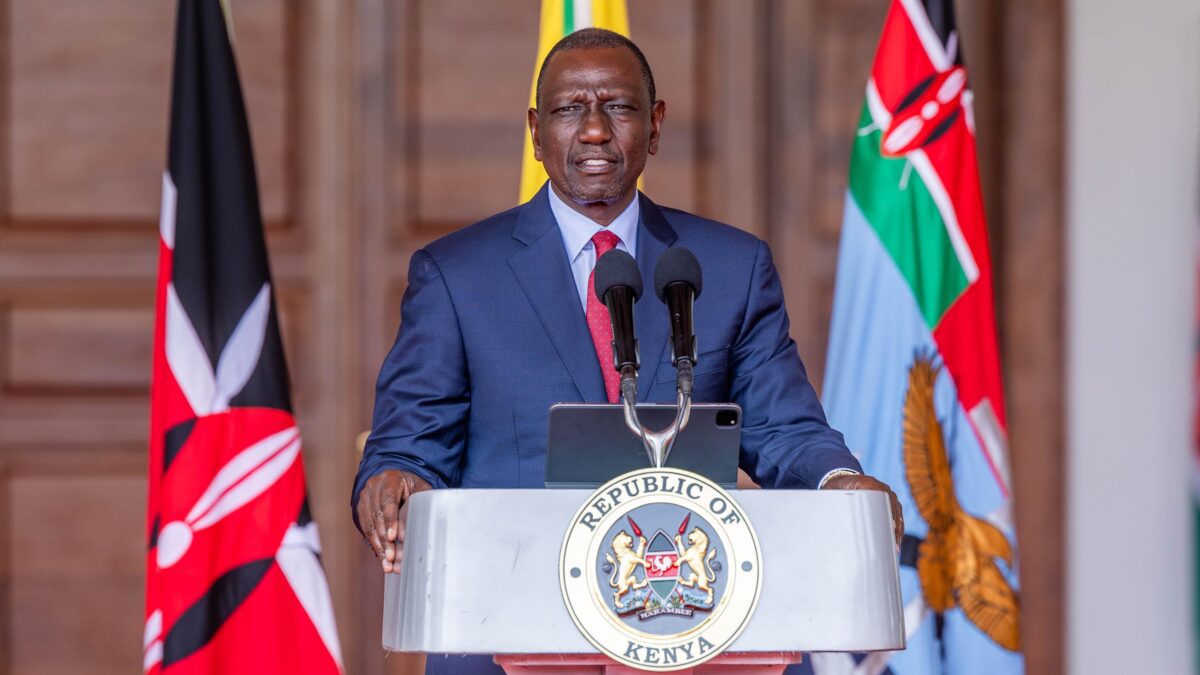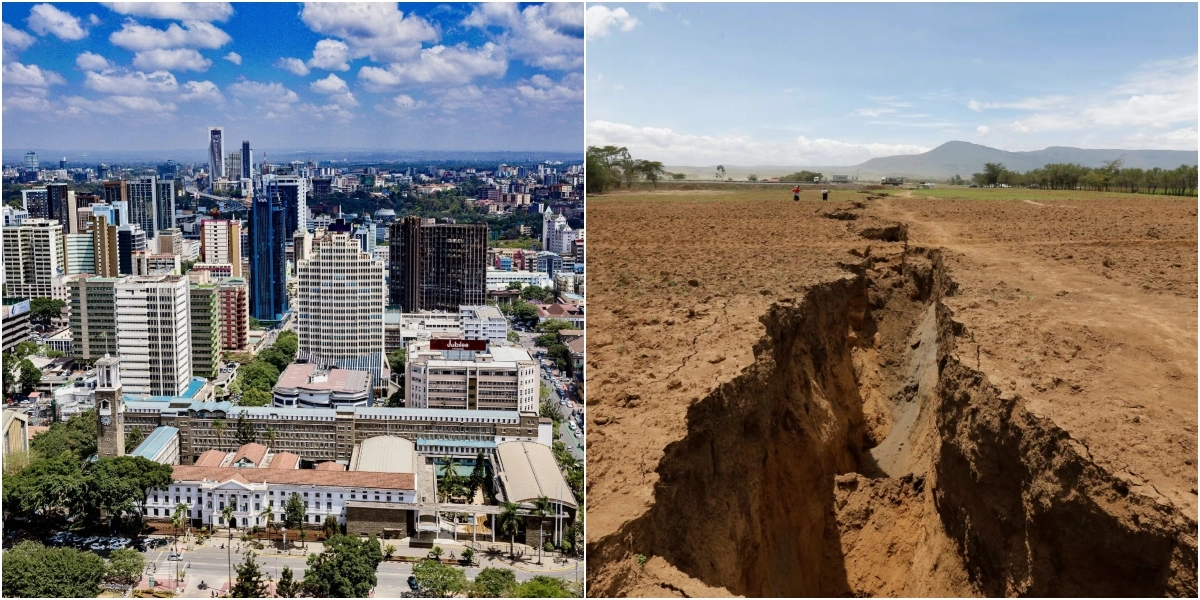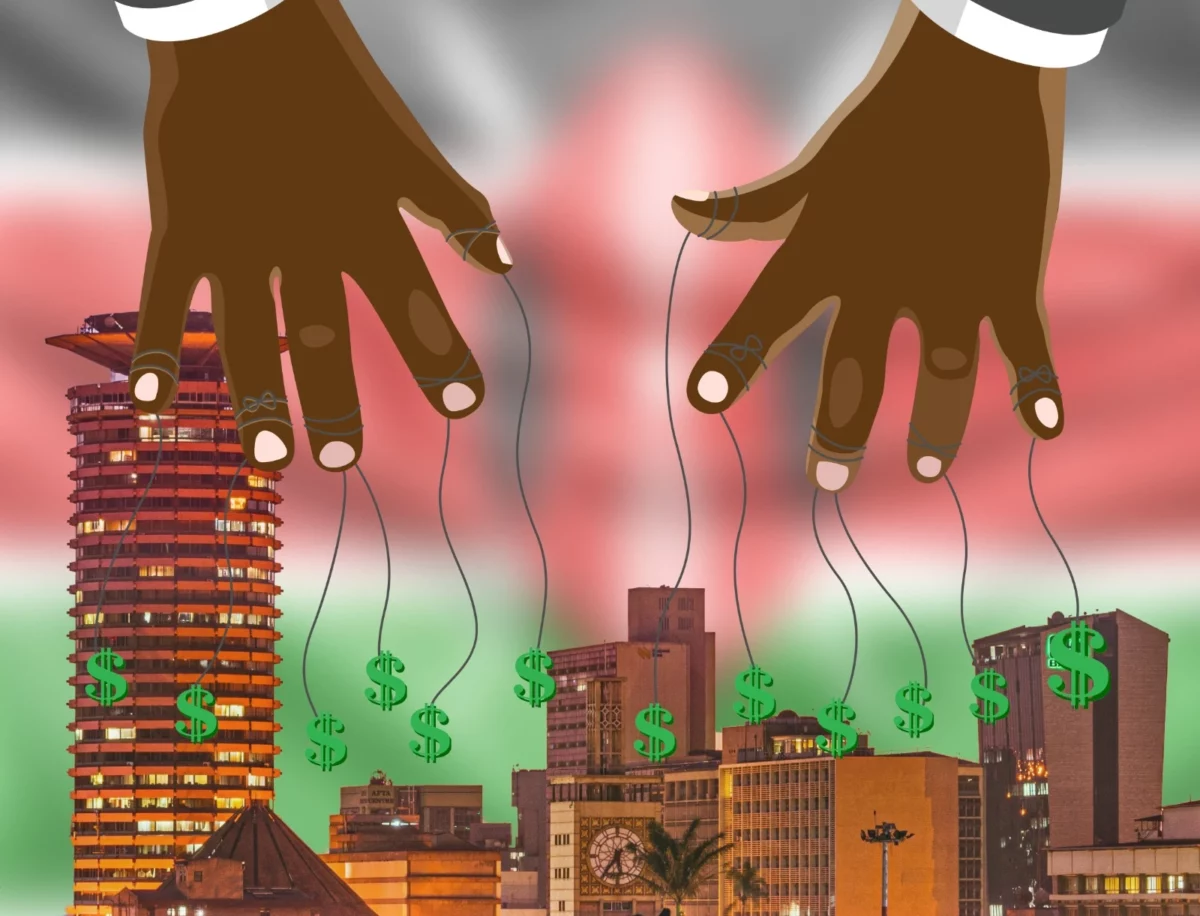In a promising turn of events for Kenyan households, the country’s inflation rate experienced a notable decline in July 2023.
According to data released by the Kenya National Bureau of Statistics (KNBS), the monthly inflation rate, as measured by the Consumer Price Index (CPI), eased to 7.3%, marking a significant drop from the 7.9% recorded in June 2023.
This marks the second consecutive monthly drop since June and is the lowest level seen in a year since May 2022’s rate of 7.9%. The main drivers behind this encouraging trend have been a reduction in the prices of essential food items, electricity, and cooking gas.
As a result, the cost of living has become more manageable for Kenyan households. Notably, the monthly inflation figures for July 2023 dipped below the Central Bank of Kenya’s (CBK) target range of 2.5%-7.5% for the first time in several months.
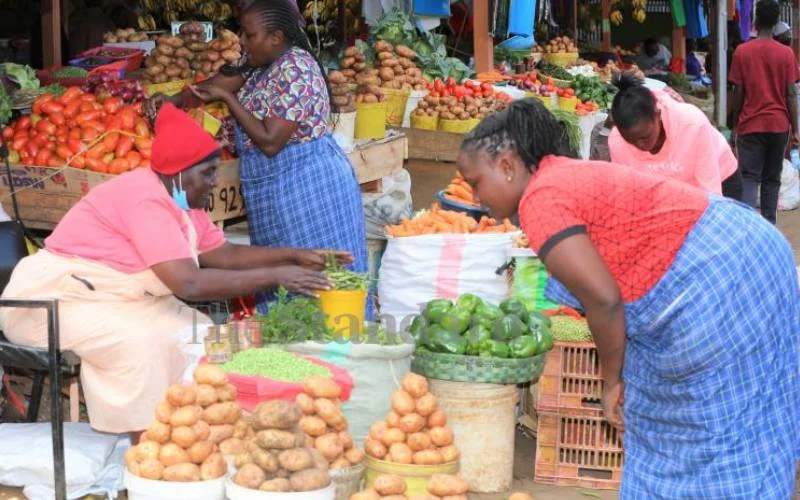
This decline in the inflation rate coincides with a tighter monetary policy stance implemented by the CBK following the June 2023/24 National Budget. Despite concerns about the impact of this policy, its effects on the economy seem to be favorable, reflected in the recent decline in inflation.
Food and Non-Alcoholic Beverages, Housing, Water, Electricity, Cooking Gas, and other fuels are three significant categories that make up over 57% of the Consumer Basket.
Read Also: Kenya’s Inflation Rate Drops to 7.9 percent in June
During the review period between June and July 2023, the Consumer Price Index increased by a modest 0.1%, with the Food and Non-Alcoholic Beverages Inflation Index experiencing a decline of 0.5%.
However, onions bucked the trend, experiencing an 11.4% increase in price during the same period. The Housing, Water, Electricity, Gas, and Other Fuels Index declined by 1.2%, primarily driven by lower prices of cooking gas/LPG and electricity.
For instance, during the same period, the prices of 13 kg gas/LPG, electricity 200 kilowatts, and electricity 50 kilowatts decreased by 9.2%, 5.3%, and 4.4% respectively. Unfortunately, the prices of kerosene rose by 5.0%, posing a challenge for low-income households reliant on this fuel for home use.
Transport costs, however, registered an increase of 3.5% between June and July 2023, driven by higher prices of petrol and diesel, which rose by 6.9% and 7.4% respectively.
Moreover, fares for most public transport routes across the country increased by at least Ksh50 during the same period.
Overall, the dip in Kenya’s inflation rate indicates a positive development for the economy, bringing relief to households grappling with rising living costs.
Subscribe to Switch TV for more exciting content
As the nation continues to navigate economic challenges, the central bank’s cautious approach and the fluctuations in food and energy prices will likely remain key factors influencing inflation in the coming months.

